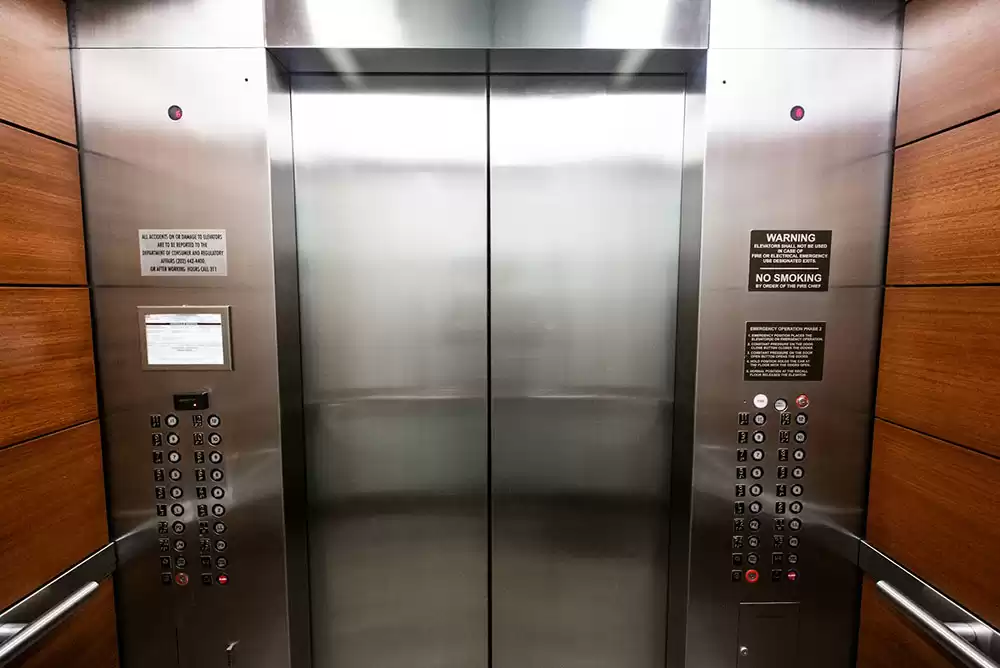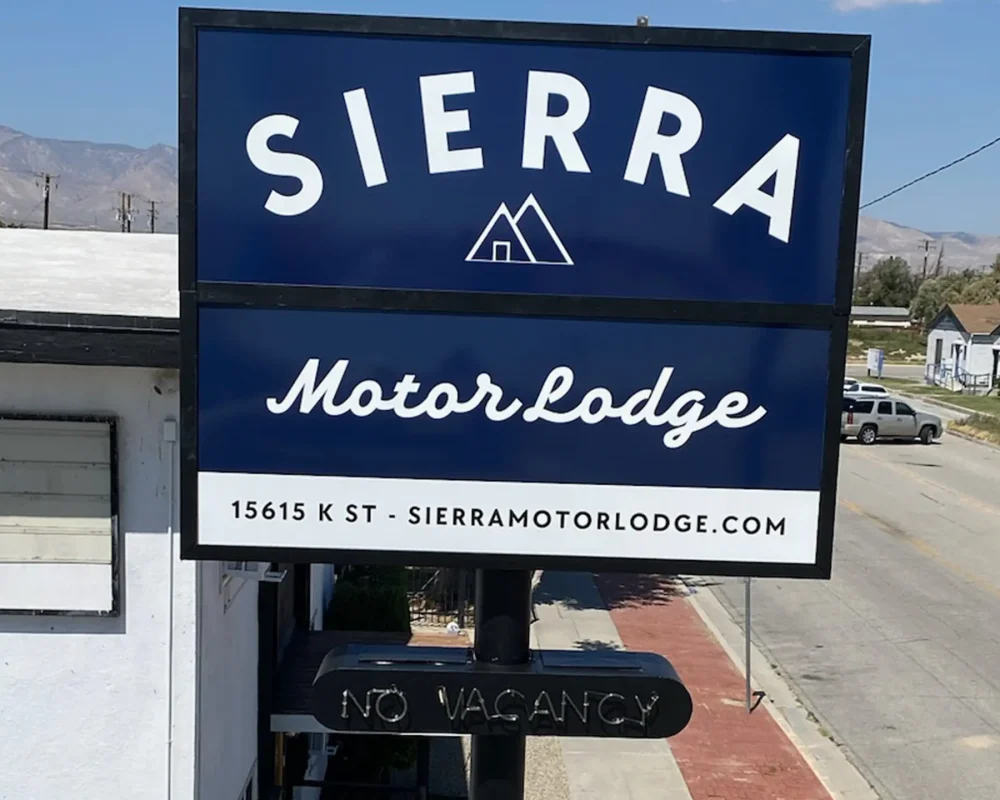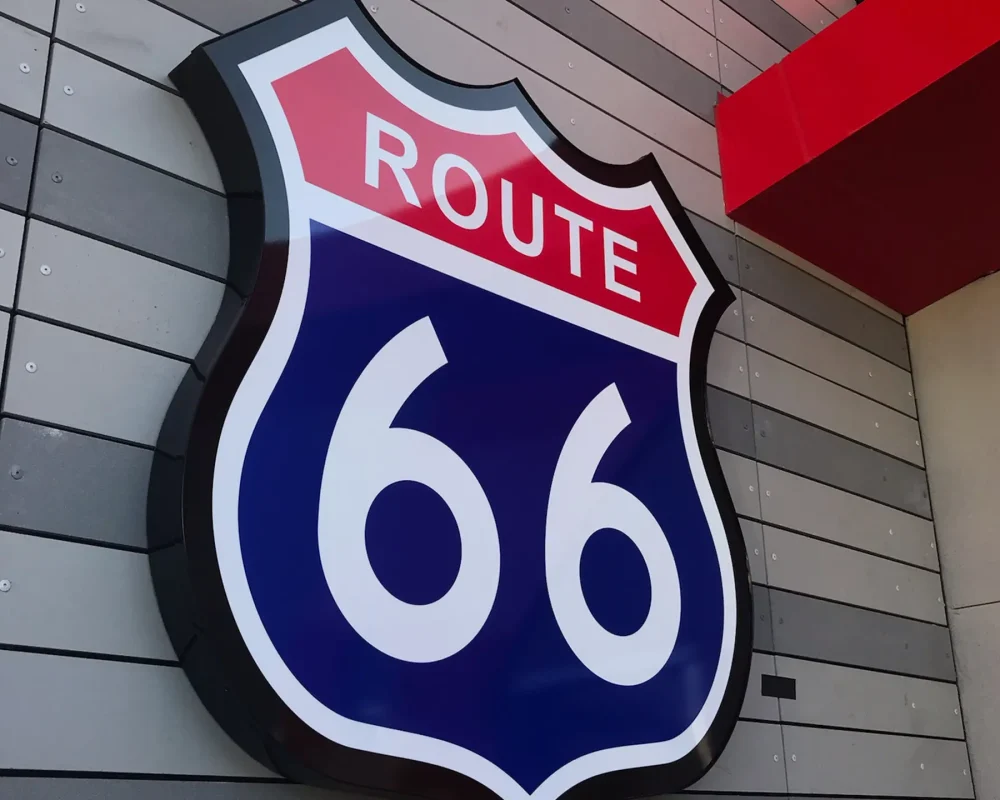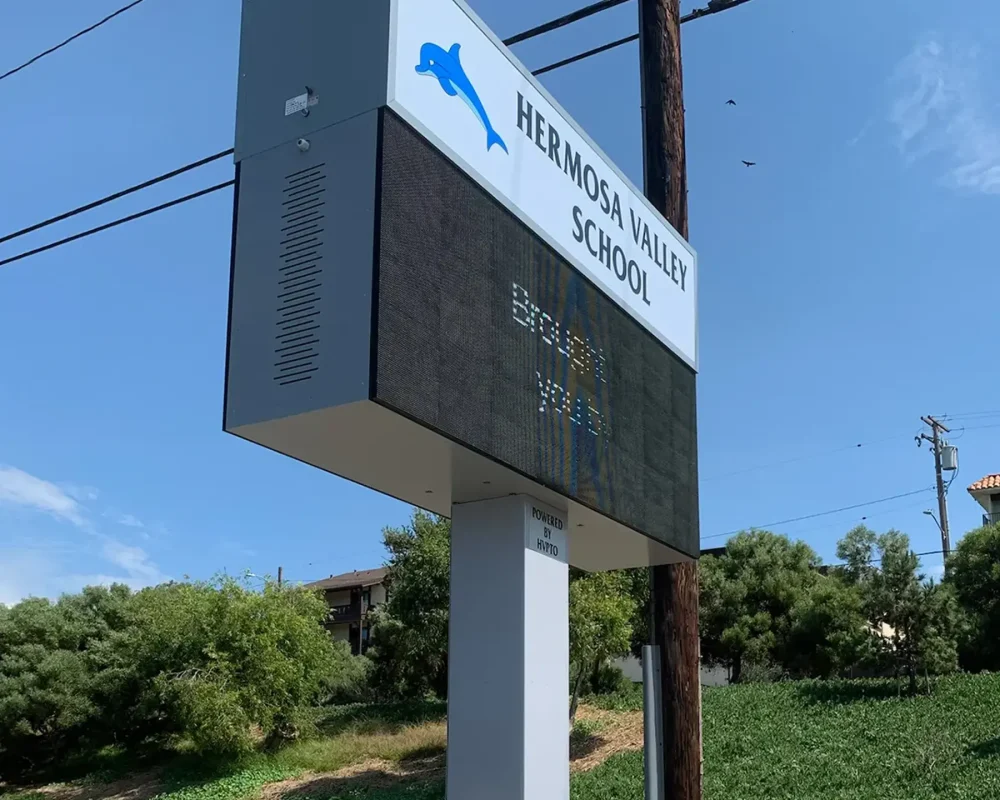As a builder or general contractor in Southern California, you’re no stranger to the importance of meeting legal requirements on your projects. When it comes to public-access buildings, ensuring your signage complies with the Americans with Disabilities Act (ADA) is not just about doing the right thing—it’s also about protecting your business from lawsuits and costly fines. One of the most overlooked yet critical aspects of ADA signage compliance is font size. Choosing the wrong size can lead to violations, diminished accessibility, and legal consequences.
Here’s what you need to know to stay compliant and safeguard your projects.
Why ADA Signage Compliance Matters
ADA-compliant signage ensures equal access to facilities for everyone, including individuals with disabilities. Public-access buildings such as schools, hospitals, hotels, and office complexes must include accessible features as mandated by the ADA. Proper signage is key to guiding people safely and efficiently through a building. Non-compliance not only undermines accessibility but can also result in lawsuits, fines, and delays in project completion.
Legal Requirements for ADA-Compliant Font Sizes
The ADA Standards for Accessible Design provide detailed specifications for signage, including font size. For tactile (raised) characters, the guidelines require:
- Height: Characters must be between 5/8 inch and 2 inches, measured from the character’s baseline.
- Spacing: Adequate spacing between characters to maintain legibility.
For non-tactile signs, such as those meant for directional or informational purposes, font size must be appropriate for the viewing distance. For example, characters should be at least 1 inch tall for every 10 feet of viewing distance.
Failure to adhere to these standards can result in non-compliance and expose your project to legal challenges.
Risks of Non-Compliance
Incorrect font sizes can violate ADA standards, leading to:
- Fines: Federal fines for ADA violations can reach up to $75,000 for a first offense and $150,000 for subsequent violations.
- Lawsuits: Non-compliance often triggers lawsuits, which can be costly to settle and damaging to your reputation.
- Delays: Failure to pass accessibility inspections can result in project delays and additional costs for corrections.
How to Ensure Proper Font Size Compliance
1. Follow ADA Guidelines for Font Size
Use the height-to-distance ratio specified in the ADA standards to determine appropriate font sizes for non-tactile signs. For tactile signs, ensure the character height falls within the required range.
2. Measure and Verify
When fabricating or installing signage, use tools such as rulers, templates, or digital measuring devices to confirm font size accuracy.
3. Prioritize Contrast and Legibility
Even with the correct font size, poor contrast between text and background can make a sign non-compliant. Ensure a minimum contrast ratio of 70% for optimal visibility.
4. Avoid Common Mistakes
- Using overly decorative fonts that reduce legibility.
- Ignoring spacing requirements between letters and lines.
- Placing signs at improper heights or angles.
5.Audit Existing Signage
For remodels or upgrades, conduct a thorough audit of existing signs to identify and replace non-compliant ones.
Benefits of Working with a Professional ADA Signage Provider
Partnering with an experienced ADA signage provider can save time, money, and headaches. Professionals understand the nuanced requirements for compliance, including font size, placement, contrast, and mounting heights. They can also provide documentation to ensure your project meets inspection requirements.
Real-World Consequences of Non-Compliance
Consider a recent case where a hotel chain faced multiple lawsuits due to non-compliant signage, including incorrect font sizes. The legal and remediation costs exceeded $250,000—a sum that could have been avoided with proper planning and execution. You protect your bottom line and reputation by investing in compliant signage from the start.
Final Thoughts
Font size may seem like a small detail, but it carries significant weight in ADA compliance. By adhering to the standards, you not only meet legal requirements but also contribute to a more accessible and inclusive society. If you’re unsure about your signage compliance, working with a professional provider ensures peace of mind and protects your business from costly risks.
At Resource 4 Signs, we specialize in designing and fabricating ADA-compliant signage for public-access buildings. From consultations to final installation, we’re here to help your projects meet every standard with precision and care
Find peace of mind for your business and ensure you have ADA-approved signs today!





